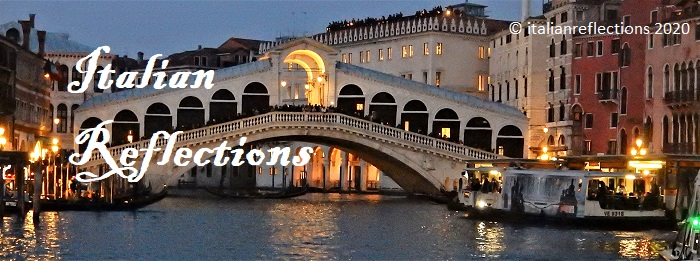“Let the train take the strain”
So ran an old advertisement for British Rail where the implication was why drive, when sitting back and relaxing on a train required no hassle, no effort. no strain. Let the train take the strain!
Certainly, while in northern Italy we prefer to let train travel take the strain of getting us around. Travellers would certainly prefer this if they don’t fancy hiring a car and driving on the wrong side of the road (that one’s for drivers from the over 60 countries in the world that drive on the left!). Also, the person who would have been the car driver can then concentrate on, and enjoy, the passing countryside with its mountains, lakes, rolling plains and so forth – or even read a book, or watch a video on a phone/tablet.
Italy’s nationally owned rail carrier, Trenitalia, is a subsidiary of Ferrovie dello Stato Italiane (FS) offering both regional travel – and international travel to neighbouring countries. However, there are other, non-Trenitalia, minor regional train operators that share the FS network, such as Ferrovie Emilia Romagna (a ‘public benefit corporation’ operating in, and 60% owned by, the Emilia-Romagna region) and Ferrovie del Sud Est (also a public benefit corporation operating in the ‘heel’ of Italy, now wholly owned by the Italian Transport Ministry). Comparable fares are charged by all operators and ‘through’ tickets covering multiple operators can be purchased.
As an aside, Trenitalia has a 30% holding in the UK’s Avanti West Coast routes offering travel from London Euston to major cities, including Birmingham, Liverpool, Manchester, Glasgow and Edinburgh.
So, the UK also operates ‘Trenitalia‘!
Like the UK (and many major rail systems throughout the world) Trenitalia rolling stock, with minor exceptions, runs on ‘standard gauge’ track, i.e. the distance between the inside edges of the rails is 4 ft 81⁄2 in (1,435 mm) – a gauge possibly dating from Roman times, but certainly from George Stephenson’s Liverpool to Manchester Railway, the first inter-city railway in the world, opened in 1830.

STOP PRESS The scorching summer of 2022 meant that a constant 4′ 81⁄2” gap between the rails could not be guaranteed as the rails buckled in the heat of the intense summer sunshine. To keep the rails cool, Rete Ferroviaria Italiana (owner and operator of the Italian rail infrastructure) decided to maintain a white-painted track to reflect the sunlight. This was effective, but meant added expense as this was completed over many of the worst affected hundreds of miles of the system …


As of 2011 the Rete Ferroviaria Italiana website indicates a total rail track length in Italy of 16,723 km (10,391 miles), of which 7,505 km (4,663 miles) are double track lines and 9,218 km (5,728 miles) are single track. Surprisingly, these figures indicate that over half (55%) of the network is single track!
The total length of electrified track in 2011 was 11,912 km (7,400 miles) accounting for over 70% of the network. Not unsurprisingly, most electrification is on the double track main lines (62% of all electrification). Most electrical supply is via overhead gantries and cables …




Many of the stations have manned ticket windows and/or self-service ticket machines. Such machines, which either say “Trenitalia” or “Rete Regionale” on them, are straightforward to operate with instructions in a choice of several languages. Quite often such tickets will look like this …

BUT DON’T FORGET … when travelling on Italian Railways you MUST validate your ticket for each journey before travel by having it punched and hence validated in the machines at the station, often found on the platforms or in the station main hall.

https://commons.wikimedia.org/w/index.php?curid=70121820
You may well have bought a ticket, but if it hasn’t been validated and you are caught by the plain-clothed inspectors, you WILL be fined, possibly up to 200 euro – and being a clueless tourist is no excuse!
Italy has a high-speed network operating on intercity (IC) routes or Eurocity (EC) routes which only stop at major stations and require the payment of an IC/EC supplement over standard fares. Speeds on these routes can reach 300kph (186mph) and 200kph (125mph) – shown as existing and proposed track on the following rail map …

https://commons.wikimedia.org/w/index.php?curid=1222307
The Italian high speed rail network consists of the two maroon-coloured high-speed tracks on the above map: one from Turin to Salerno and the other from Turin to Venice. These fast routes are operated by both Trenitalia and, since 2012, new-kid-on-the-block, .Italo – a private open-access operator that competes for trade side-by-side with Trenitalia. .Italo runs a fleet of 42 AGV (Automotrice à grande vitesse) high-speed trains made by the now French-owned company Alstom Ferroviaria SpA …

(up to 360 kph/220 mph but restricted by track limitations to 300 kph/190 mph)
Trenitalia’s inter-city high-speed rolling stock includes the 220 mph Frecciarosso (Red Arrow), the 125 mph Frecciabianco (White Arrow) and the tilting 155 mph Frecciaargento (Silver Arrow) which all operate both on high-speed and traditional track …
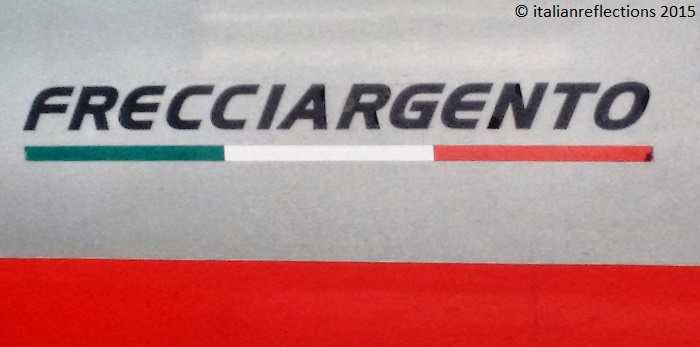

(Top speed 250 kph/160mph)
When travelling in North Italy we like to use the Regio-Express trains (which don’t stop at minor stations) since these operate the double-decker trains where, from the upstairs compartment, one has a better view of the countryside passing by …

… this is a Hitachi-manufactured double-decker ‘Vivalto‘ train set operated by Trenord between Milan and Venice standing in Verona’s Porta Nuova station.
However, on the minor regional routes the Locali trains stop everywhere and unfortunately one is not likely to wallow in great luxury! But as italiarail does say on one of its web pages, “… this can be a romantic way to explore lesser-known destinations.”! Hmm …

… this was our two-car unit standing at Aulla Lunigiana station to take us back to Lucca and was reminiscent of the UK’s second-rate two-car diesel multiple units operating between Brighton and Cardiff Central!
One of the latest multiple car units is the FS ETR.103-104 electric train (or ‘POP’). Here, ETR 104 176-A stands at Pisa station …

These are, once again, trains built in Savigliano, locally within Italy, by the Alstom Ferroviaria company. Intended for use on the Regional routes, internally they are more like metro carriages than mainline train interiors with rows of single seats (so allowing more standing room), WiFi and USB and power sockets at each seat …

https://commons.wikimedia.org/w/index.php?curid=130472356
As in many other countries around the world, there’s no stopping graffiti ‘artists’.
Now while some produce meaningful art that can be enjoyed by everyone …

… trackside artists are not usually so artistically inclined, usually plumping for self-aggrandisement! …
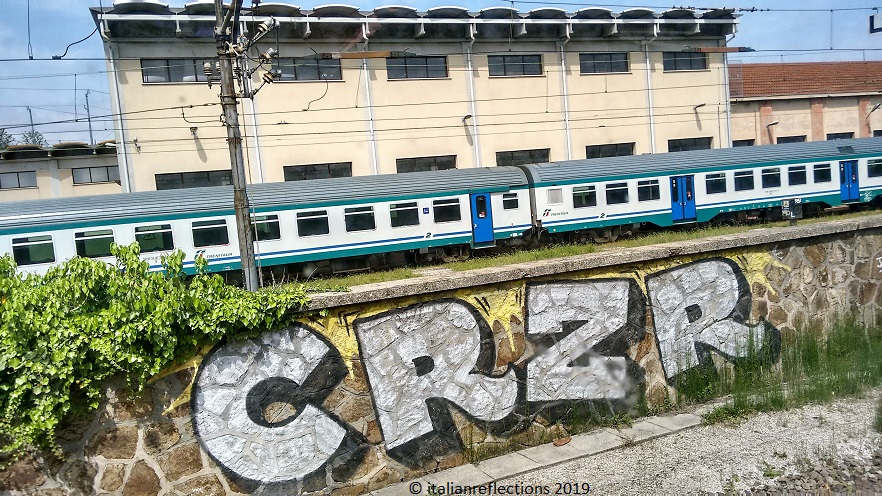
… but what is more annoying is that it doesn’t stop trackside but heads on to the rolling stock, so obscuring passengers’ view …


… and this is the main reason why we go for the upper compartment, when available, whose windows are thankfully out of reach of the ‘painters and decorators’!

Most station signage follows a set of rules – white standard text on a blue background …
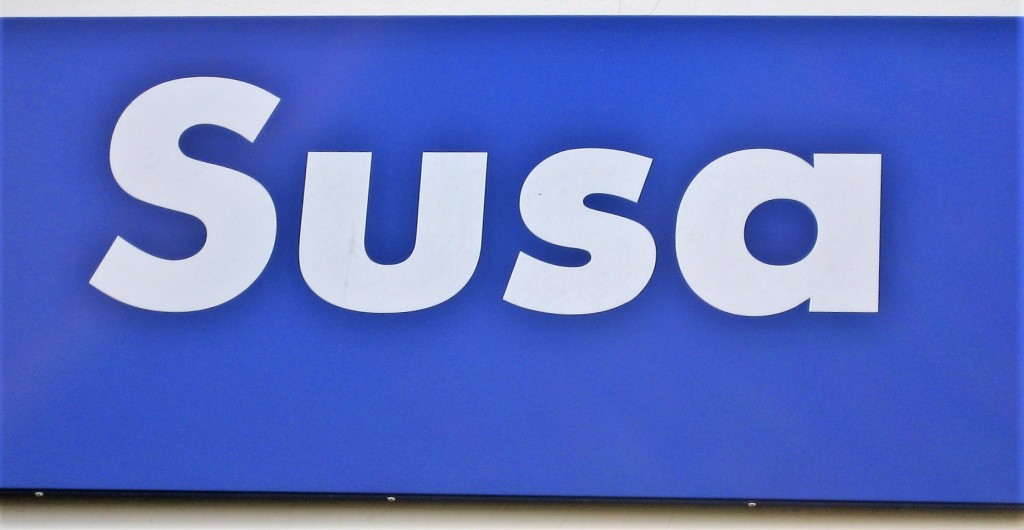

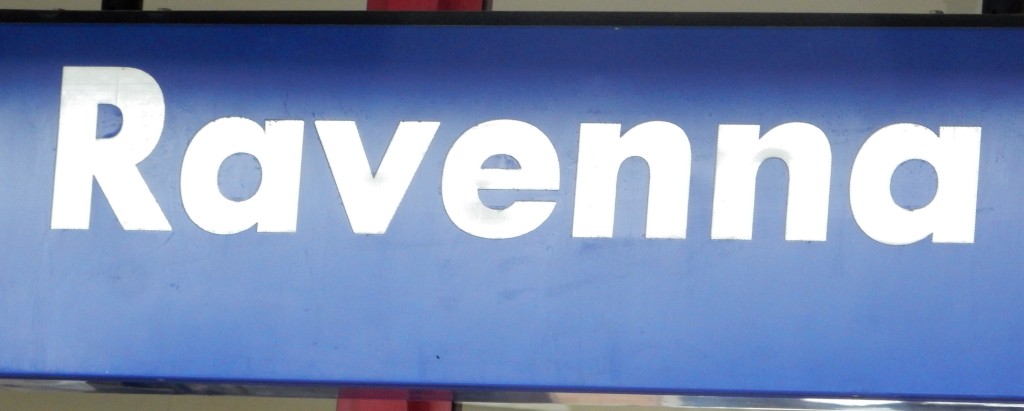

… although some stations are allowed to display their own individuality …


Many major Italian stations offer majestic splendour, such as the Mussolini-inspired Milan Station.

https://commons.wikimedia.org/w/index.php?curid=50204812
Mussolini wanted this station to proclaim the power of his Fascist Regime and to this end he envisaged that people who entered the main hall would stand in awe of the might of fascism …

https://commons.wikimedia.org/w/index.php?curid=22672775
Although Milan Station’s 24 platforms and volume make it Europe’s largest railway station, others are not far behind. Turin station for example, equally grand but in a different architectural style, is the third busiest in Italy with its 20 platforms …

https://en.wikipedia.org/w/index.php?curid=57817780
… while Florence’s Santa Maria Novella (SMN) station has 19 platforms …

Despite having 27 platforms, Bologna Central station – this time not a terminus – ranks only fifth busiest Italian station in terms of passenger numbers. At the crossing point of both major North-South traffic and East-West traffic and with 800 trains passing through each day, its station buildings remain fairly modest when compared with Milan, Turin and Florence …

Each of the major stations of Milan, Turin and Florence is a rail terminus, so each is expected to be grand with many platforms. On the other hand, Parma station for example, a ‘through’ station with only four platforms, still tries to emulate its terminus rivals with an appearance from the outside of being much grander than it really is with its mixture of ‘classical ancient’ and ‘modern concrete and glass’ …

Keep an eye out on some of the routes where you might catch a glimpse of Italian rail’s ‘ancient’ steam locomotives …
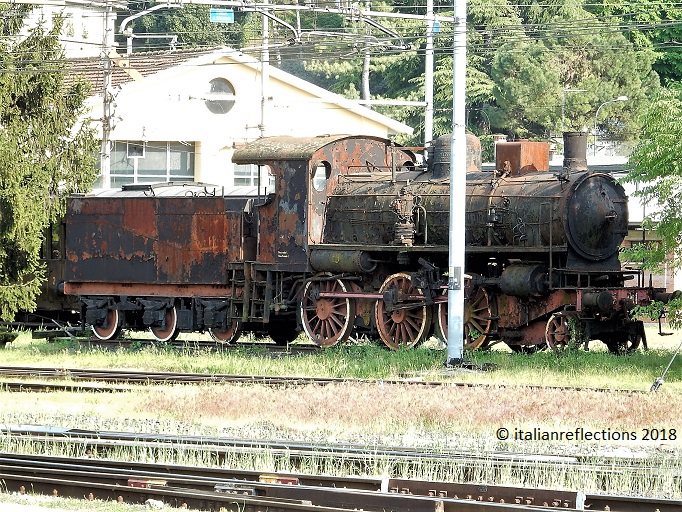

… and don’t forget that mainline rail is not the only tracked transport in Italy. For example, …

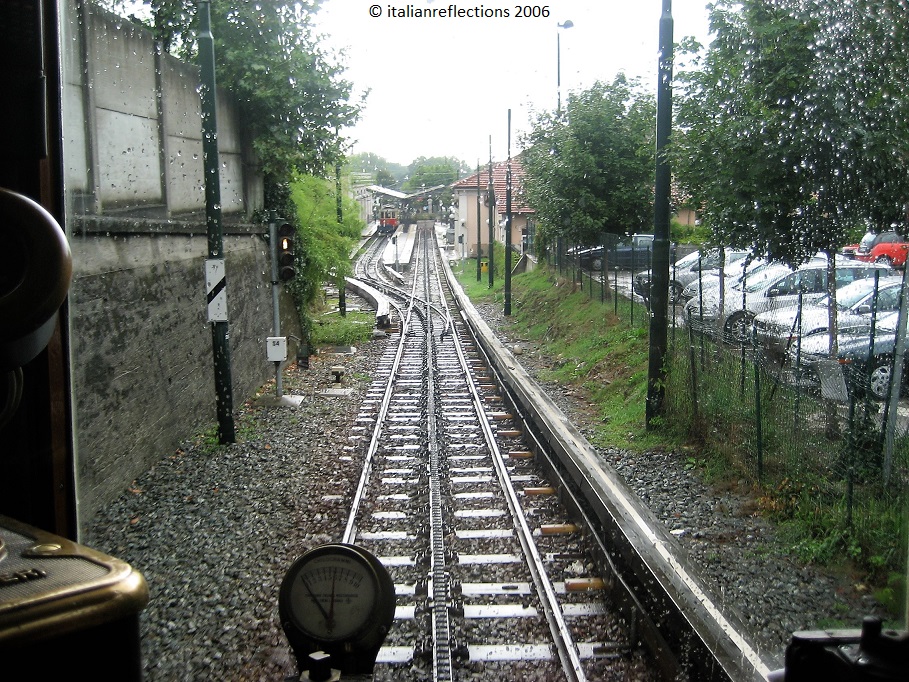

Ciao Tutti!
